Introduction to PCB Manufacturing
Printed Circuit Boards (PCBs) are the backbone of modern electronic devices. They are used in almost every electronic device, from smartphones and laptops to medical equipment and aerospace systems. PCB manufacturing is a complex process that involves several steps, including design, fabrication, assembly, and testing. There are two main types of PCB manufacturing: full spec standard PCB production and PCB Prototyping.
What is Full Spec Standard PCB Production?
Full spec standard PCB production is the process of manufacturing PCBs in large quantities. This type of production is typically used for high-volume orders and is suitable for products that have been fully tested and validated. Full spec standard PCB production involves several steps, including:
-
Design: The PCB design is created using specialized software, such as Altium Designer or Eagle. The design includes the layout of the components, the routing of the traces, and the placement of the vias.
-
Fabrication: The PCB is fabricated using a variety of materials, including copper, fiberglass, and solder mask. The fabrication process involves several steps, including:
- Printing the circuit pattern on the copper layer
- Etching away the unwanted copper
- Drilling holes for the components
-
Applying solder mask and silkscreen
-
Assembly: The components are placed on the PCB and soldered in place. This can be done manually or using automated equipment, such as pick-and-place machines.
-
Testing: The PCB is tested to ensure that it meets the required specifications. This includes testing for functionality, reliability, and durability.
Full spec standard PCB production is suitable for products that have been fully tested and validated. It is also suitable for products that require a large number of PCBs to be produced quickly and efficiently.
What is PCB Prototyping?
PCB prototyping is the process of manufacturing a small number of PCBs for testing and validation purposes. This type of production is typically used for new designs or for products that require some modifications before going into full production. PCB prototyping involves several steps, including:
-
Design: The PCB design is created using specialized software, such as Altium Designer or Eagle. The design includes the layout of the components, the routing of the traces, and the placement of the vias.
-
Fabrication: The PCB is fabricated using a variety of materials, including copper, fiberglass, and solder mask. The fabrication process involves several steps, including:
- Printing the circuit pattern on the copper layer
- Etching away the unwanted copper
- Drilling holes for the components
-
Applying solder mask and silkscreen
-
Assembly: The components are placed on the PCB and soldered in place. This can be done manually or using automated equipment, such as pick-and-place machines.
-
Testing: The PCB is tested to ensure that it meets the required specifications. This includes testing for functionality, reliability, and durability.
PCB prototyping is suitable for new designs or for products that require some modifications before going into full production. It allows for testing and validation of the design before committing to a large production run.
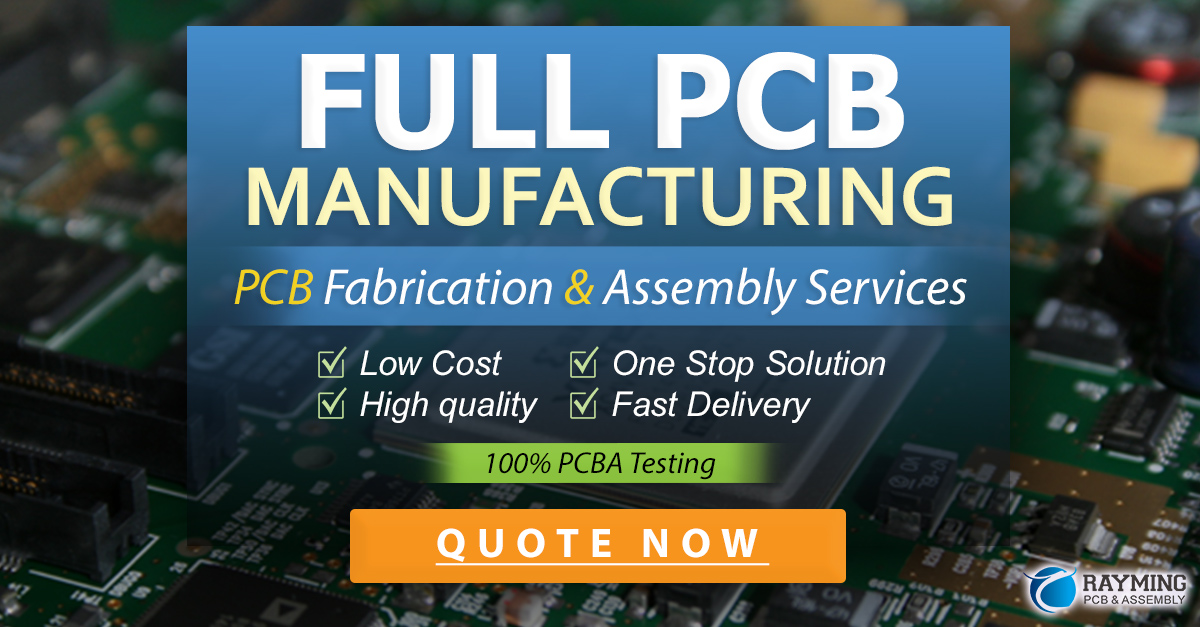
Differences between Full Spec Standard PCB Production and PCB Prototyping
There are several key differences between full spec standard PCB production and PCB prototyping. These include:
1. Quantity
The main difference between full spec standard PCB production and PCB prototyping is the quantity of PCBs produced. Full spec standard PCB production is typically used for high-volume orders, while PCB prototyping is used for small quantities, usually less than 100 pieces.
| Production Type | Quantity |
|---|---|
| Full Spec Standard | High volume (100+ pieces) |
| PCB Prototyping | Low volume (<100 pieces) |
2. Lead Time
Another key difference is the lead time required for each type of production. Full spec standard PCB production typically requires a longer lead time due to the larger quantities being produced and the need for more extensive testing and validation. PCB prototyping, on the other hand, can often be completed in a shorter timeframe since the quantities are smaller and testing requirements may be less stringent.
| Production Type | Lead Time |
|---|---|
| Full Spec Standard | Longer (several weeks to months) |
| PCB Prototyping | Shorter (days to weeks) |
3. Cost
The cost per unit is also different between full spec standard PCB production and PCB prototyping. Due to economies of scale, the cost per unit for full spec standard production is typically lower than for prototyping. However, the upfront costs for full spec production may be higher due to the need for more extensive testing and validation.
| Production Type | Cost per Unit | Upfront Costs |
|---|---|---|
| Full Spec Standard | Lower | Higher |
| PCB Prototyping | Higher | Lower |
4. Design Changes
PCB prototyping allows for more flexibility in terms of design changes compared to full spec standard production. Since prototypes are typically produced in smaller quantities, it is easier and less costly to make design changes based on testing and validation results. With full spec production, design changes can be more difficult and expensive to implement once production has begun.
| Production Type | Design Change Flexibility |
|---|---|
| Full Spec Standard | Limited |
| PCB Prototyping | High |
5. Testing and Validation
The testing and validation requirements for full spec standard PCB production are typically more extensive than for PCB prototyping. Full spec production requires rigorous testing to ensure that the PCBs meet all required specifications and can withstand the intended use environment. PCB prototyping may have less stringent testing requirements, focusing mainly on functionality and basic reliability.
| Production Type | Testing and Validation |
|---|---|
| Full Spec Standard | Extensive |
| PCB Prototyping | Limited |
Advantages of PCB Prototyping
PCB prototyping offers several advantages over full spec standard PCB production, including:
-
Faster turnaround time: PCB prototyping can be completed in a shorter timeframe than full spec production, allowing for faster testing and validation of new designs.
-
Lower upfront costs: The upfront costs for PCB prototyping are typically lower than for full spec production since the quantities are smaller and testing requirements may be less extensive.
-
Flexibility in design changes: PCB prototyping allows for more flexibility in terms of design changes based on testing and validation results. This can help to identify and address any issues before committing to a larger production run.
-
Reduced risk: PCB prototyping can help to reduce the risk of costly mistakes or design flaws by allowing for thorough testing and validation before moving to full production.
Advantages of Full Spec Standard PCB Production
Full spec standard PCB production also offers several advantages, including:
-
Lower cost per unit: Due to economies of scale, the cost per unit for full spec standard production is typically lower than for prototyping.
-
Consistency and reliability: Full spec standard production ensures that all PCBs are produced to the same high standards, resulting in consistent and reliable performance.
-
Faster production time: Once the design has been finalized and tested, full spec standard production can produce large quantities of PCBs quickly and efficiently.
-
Suitable for high-volume orders: Full spec standard production is ideal for products that require a large number of PCBs to be produced, such as consumer electronics or automotive components.
Frequently Asked Questions (FAQ)
-
Q: What is the minimum order quantity for PCB prototyping?
A: The minimum order quantity for PCB prototyping can vary depending on the manufacturer, but it is typically around 5-10 pieces. -
Q: How long does PCB prototyping take?
A: The lead time for PCB prototyping can vary depending on the complexity of the design and the manufacturer, but it typically ranges from a few days to a few weeks. -
Q: Can I make design changes during PCB prototyping?
A: Yes, one of the main advantages of PCB prototyping is the flexibility to make design changes based on testing and validation results. -
Q: What is the typical cost for PCB prototyping?
A: The cost for PCB prototyping can vary widely depending on the complexity of the design, the materials used, and the manufacturer. However, it is typically more expensive per unit than full spec standard production. -
Q: When should I choose full spec standard PCB production over PCB prototyping?
A: Full spec standard PCB production is typically chosen when the design has been fully tested and validated, and large quantities of PCBs are required. It is also chosen when consistency and reliability are critical factors.
Conclusion
In conclusion, full spec standard PCB production and PCB prototyping are two distinct processes in PCB manufacturing, each with its own advantages and disadvantages. Full spec standard production is ideal for high-volume orders and products that require consistent and reliable performance. PCB prototyping, on the other hand, is suitable for new designs or products that require some modifications before going into full production. It allows for faster testing and validation, flexibility in design changes, and reduced risk.
When deciding between full spec standard PCB production and PCB prototyping, it is important to consider factors such as quantity, lead time, cost, design flexibility, and testing and validation requirements. By understanding the differences between these two processes, manufacturers can make informed decisions and choose the best option for their specific needs.
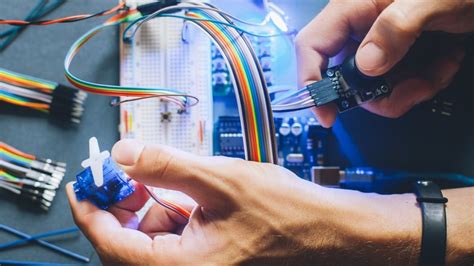
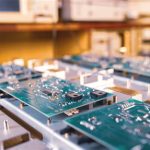
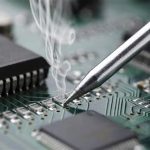
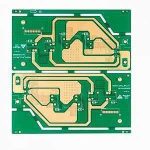
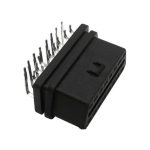
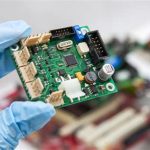
Leave a Reply